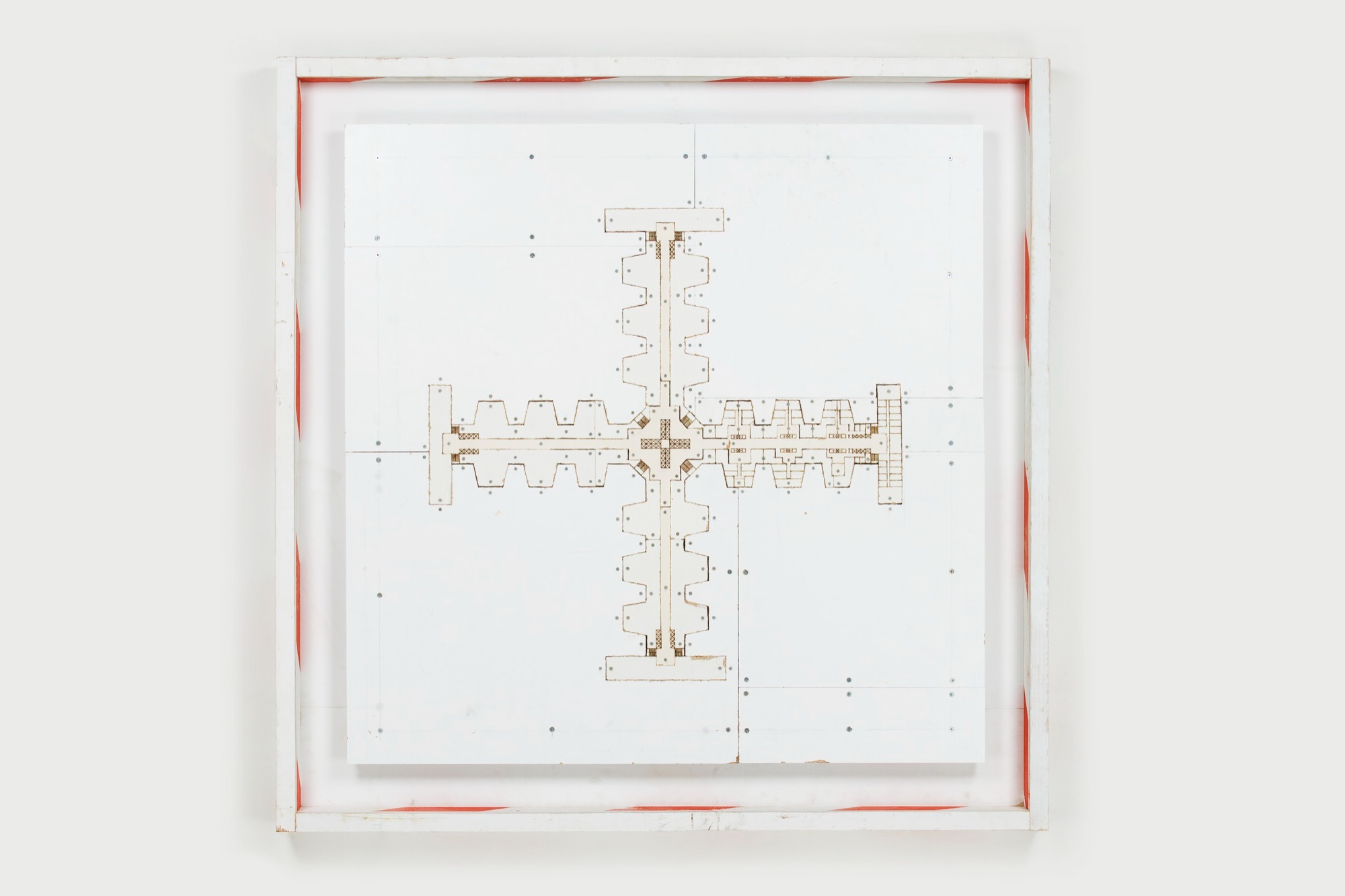LE CORBUSIER INSTALLATION
August 30 - November 21, 2010
For the 2010 Venice Biennale of Architecture, Sachs built models, drawings, and paintings celebrating Le Corbusier's crippling legacy. The following is an excerpt from Sachs' essay in the zine Le Corbusier Installation, 2010:
These homemade objects expose a historical trend in modern architecture with two traits: fear from an aerial attack and the greedy ‘cost per square foot’ theology. The thread runs from Le Corbusier’s unbuilt Ville Radeuse (1935), which offered protection from aerial bombardment and poison gas, to Minoru Yamasaki’s second greatest failure, the Pruitt-Igoe housing projects (1959), and continues with the fall of Yamasaki’s World Trade Center in 2001.
In a pre-construction interview, Yamasaki prophesied the demise of Pruitt-Igoe and admits the impossibility of breaking the design triangle (good, fast, cheap -- choose two):
“I do not contest the issue that low-rise buildings are better for living than high-rise buildings. Man is a ground animal -- it’s quite natural for him to live near the earth. The low building with low density is unquestionably more satisfactory than multi-story living.”
Yamasaki understands what’s humane, safe, and dignified; yet he subjects himself to economic and political conditioning that prevents him from achieving the ideal. Why the hell did he take the commission? As Le Corbusier’s disciple, Minoru sold out the idealistic goals of Unité so gratuitously that Pruitt-Igoe was demolished within sixteen years of its construction. Rather than challenging the design triangle, he embraces defeat before breaking ground. What a loser!
<
>





